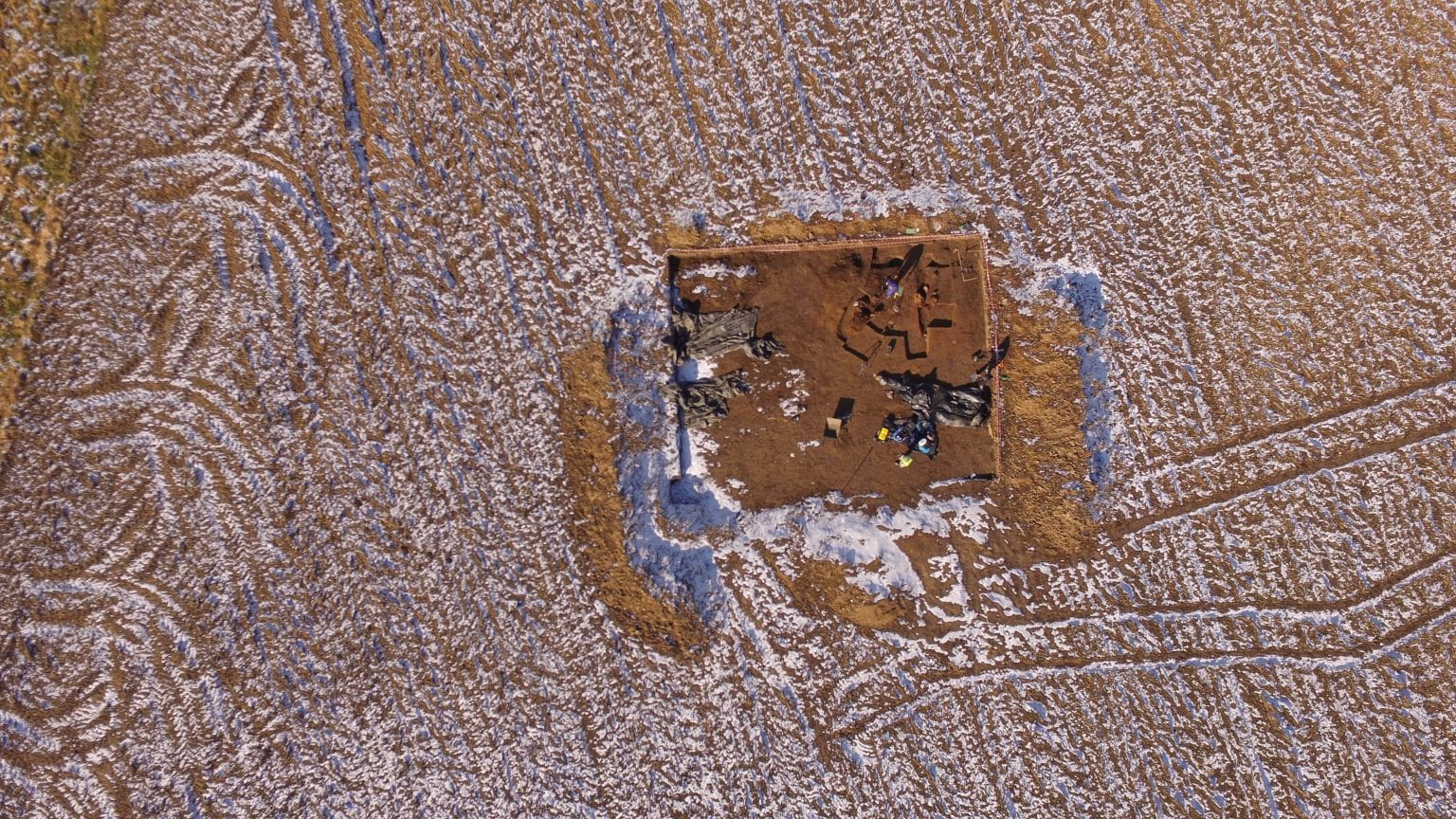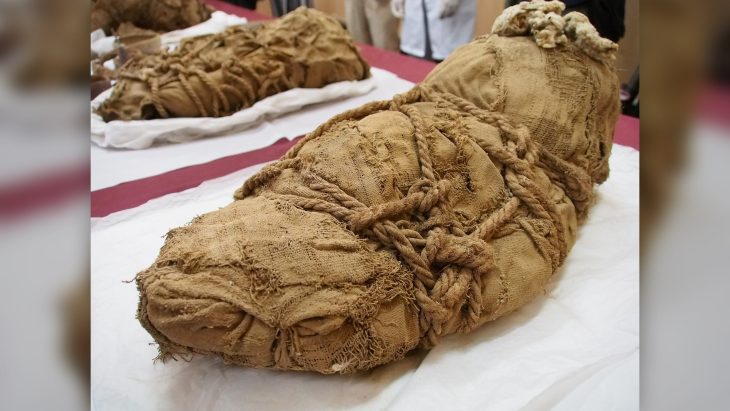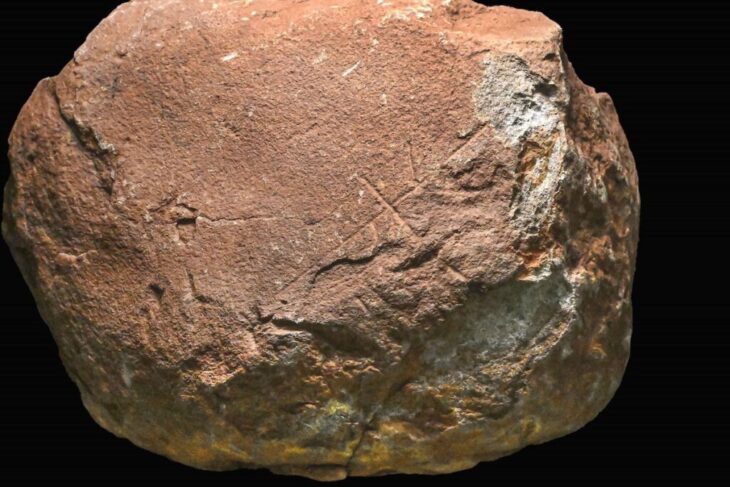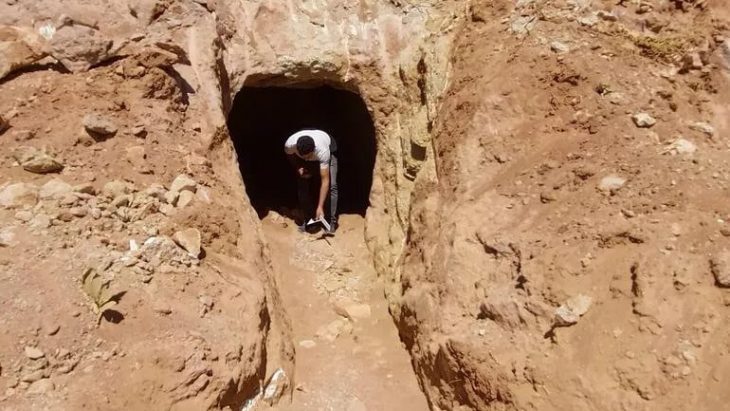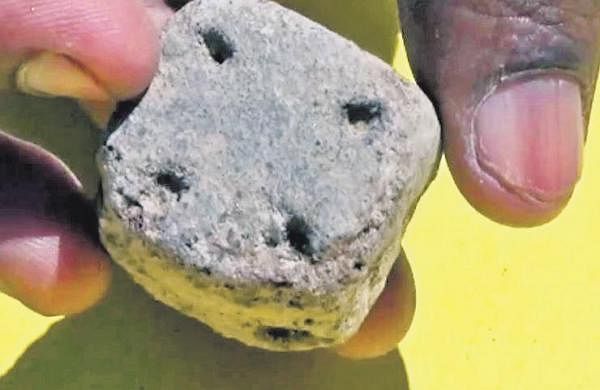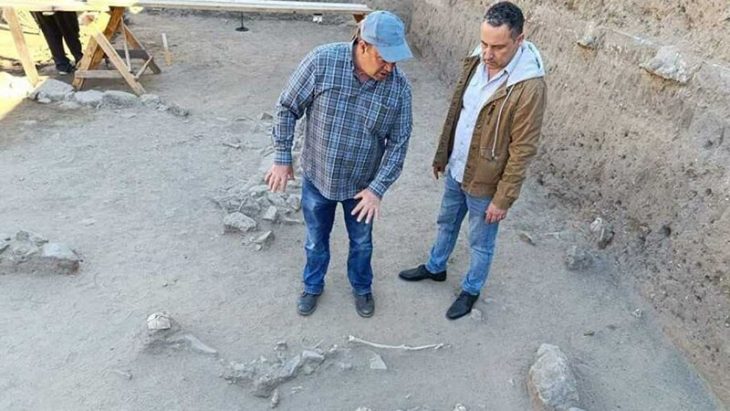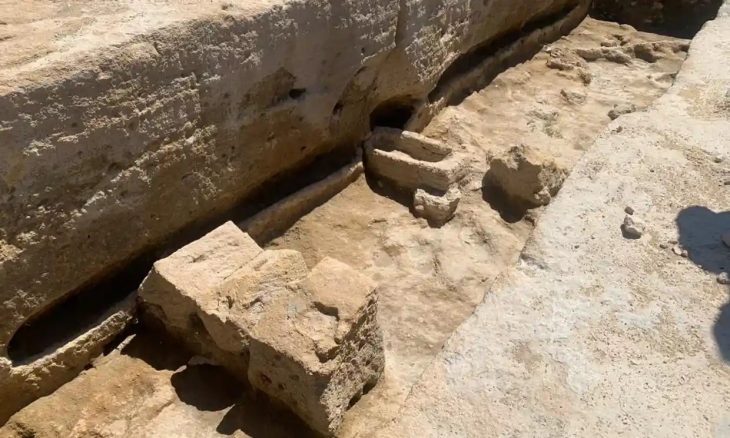A large Roman pottery production center was found in Poland. The production center was discovered near the village of Wrzepia, in the Little Poland Voivodeship.
The production center includes 130 bakeries and stands out as the largest of its kind. Although it is the largest archaeological site of this kind in Poland, it is also one of the largest in Europe.
The field dates back to about 1500 years. So far, the remains of two furnaces have been excavated, and the rest have been located on 5 hectares using a magnetometer.
Previous research results show that these furnaces were operated between the end of the 3rd century and the 5th century. According to the researchers, Germanic tribes, possibly Vandals, lived here in these regions.
Pots cooked in open hearths were made using the potter’s wheel, which was a popular use in the region at that time.
Archaeologist Jan Bulas said to Science in Poland, “Our research shows that only storage vessels with characteristic thickened necks were produced there. These were large vessels up to 50 cm neck diameter and about 70 cm high. The vessels were most likely used for storage – for example of food. There are known discoveries of such vessels dug into the ground, which probably served as pantries.”
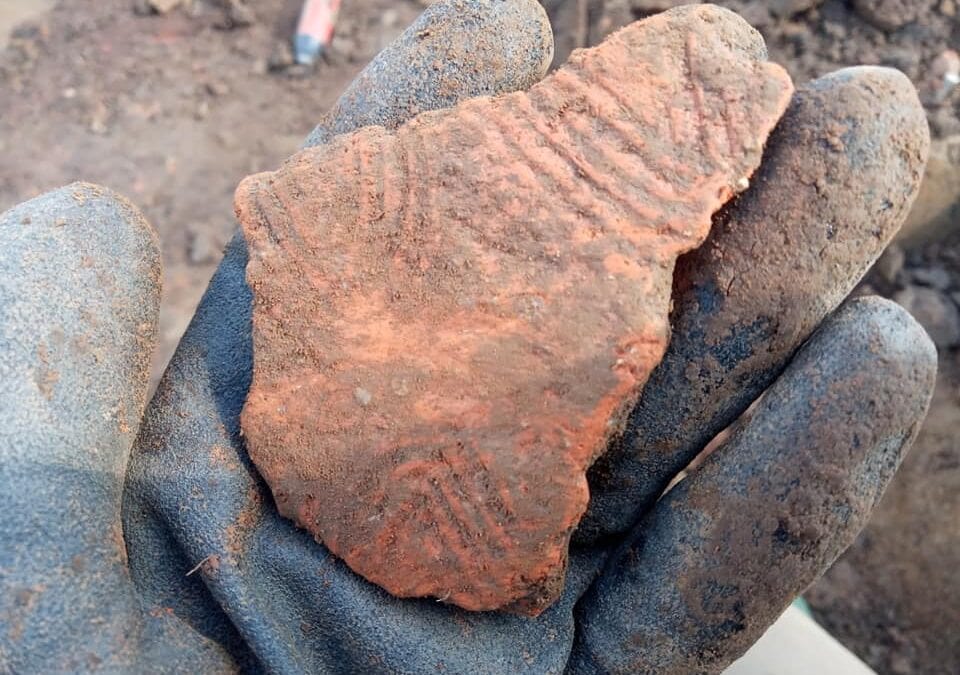
Bulas said: “The site in Wrzępia is unique for many reasons. It should be emphasized that in the light of current knowledge it is not only the largest production site of this type in Poland but also one of the largest in the entire barbaric Europe of the Roman period. The only comparable place in terms of the number of kilns is a huge production center in Medieșu Aurit in Romania, where researchers estimate the number kilns at more than 200, also based on magnetic surveys.”
He added: ‘The largest previously known site with pottery kilns of the Przeworsk culture (that archaeologists associate with the Vandals – PAP) is located in Zofipol near Kraków, where about 57 kilns have been found during excavations and geophysical research.”
In today’s Polish territory, large iron production centers were also operating during the same period. The largest of these is located in the Świętokrzyskie mountain range, while other large centers can also be known from Masovia and Silesia. They are one of the largest ancient metallurgical centers in so-called barbaric Europe.
Both the steel production center and the discovered ceramic container production center show the degree of development of the barbarian economy at that time.
Cover photo: Projekt Wrzepia

